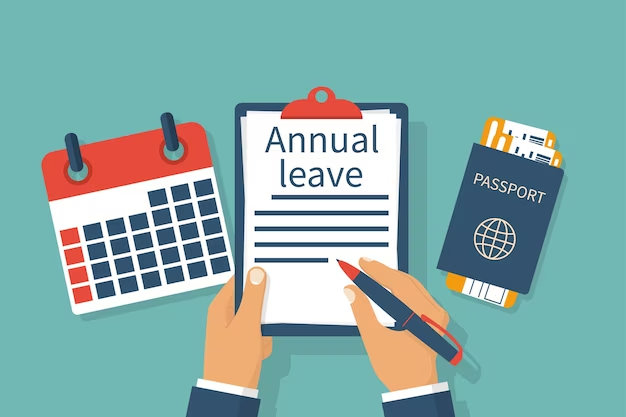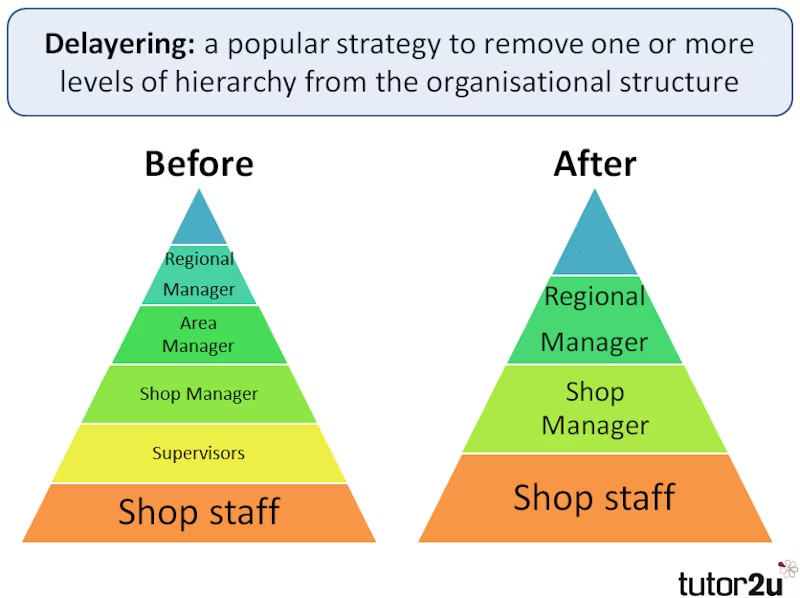In the UK, full-time workers are entitled to a minimum of 28 days, or 5.6 weeks, of holiday per year. This entitlement is divided into 20 days of “Euro leave,” derived from the European Working Time Directive, and 8 days of “UK leave,” which reflects the statutory and bank holidays in the UK. While these 8 days are based on public holidays, employers can choose to have the leave taken at different times if preferred.
Statutory holiday entitlement is governed by the Working Time Regulations 1998, covering all workers including agency workers, those with irregular hours, and part-year workers. Employers must ensure that workers receive their normal pay during Euro leave, which includes consideration for commission, overtime, bonuses, and other allowances. The calculation of normal pay for UK leave is more complex and is detailed below.
Calculation of Leave Entitlement
For regular-hours workers, employers have the option to use either a “leave year” or an “accrual” system to determine the amount of leave their staff should receive. For irregular-hours and part-year workers, a specific accrual system must be used. Employers can use the holiday entitlement calculator to estimate leave based on the average days or hours worked each week.
Employers should inform their staff of the dates of their statutory leave year at the start of their employment. Typically, this period might run from 1 January to 31 December. If a leave year is not specified in the employment contract, it defaults to starting on the first day of the job for those who began after 1 October 1998, or on 1 October for those who started on or before that date. It is important to note that maternity, paternity, or adoption leave does not affect the leave year or holiday entitlement, as employees continue to accrue holiday during these periods.
When starting a new job part-way through a leave year, workers are entitled to a pro-rated portion of their total annual leave based on the remaining part of the year. Employers can use the holiday entitlement calculator to work out how much leave is available.
For regular-hours workers, annual leave begins to accrue as soon as they start their job. Employers can use an accrual system to calculate leave during the first year of employment, where workers receive one-twelfth of their leave each month. For example, someone working a five-day week entitled to 28 days of annual leave would be entitled to 7 days of leave after three months (28 ÷ 12 × 3).
For irregular-hours or part-year workers, employers must use a specific accrual system. If their leave year began on or before 31 March 2024, this system is not required until the leave year is renewed. Leave entitlement is calculated as 12.07% of the hours worked in a pay period, rounded up to the nearest hour. For instance, if a worker worked 30 hours in a week, they would earn 4 hours of leave (30 × 12.07 ÷ 100 = 3.621).
Carrying Over Leave

The number of days that can be carried over into the next year depends on the worker’s contract. If a worker is entitled to 28 days of leave, they can carry over a maximum of 8 days. If they receive more than 28 days, additional untaken leave may be carried over according to the employment contract.
Workers on parental or sick leave who cannot take some or all of their leave entitlement can carry over untaken leave into the next year. Workers unable to take leave due to sickness can carry over up to 20 of their 28 days’ leave entitlement if they work regular hours for the whole year, or up to 28 days if they work irregular hours or for part of the year.
Workers can carry over their entire leave entitlement if they did not receive the “rolled-up holiday pay” they were entitled to, were not given a reasonable opportunity to take leave, or were not informed that they would lose their leave if it was not taken by the end of the leave year.





